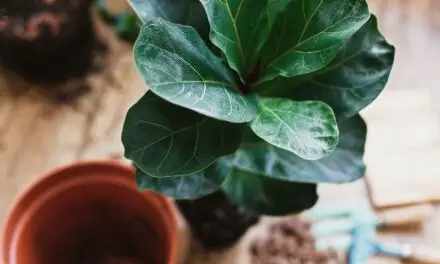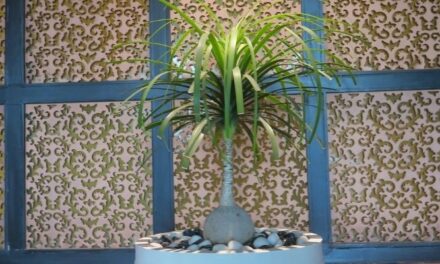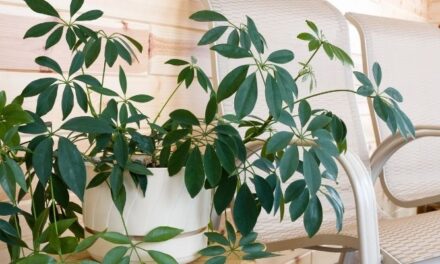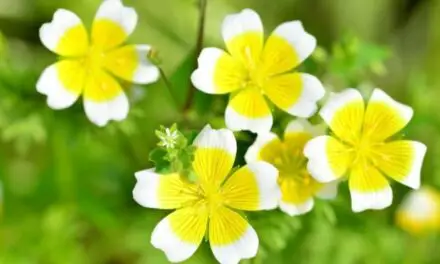We’ve all been there. You forget to water your houseplant one too many times and you find it dried up and unsalvageable a few weeks later.
If you’re trying to get into gardening or you just want a nice plant to make your space a little prettier, you probably want to start with plants that are low-maintenance and can deal with some neglect, until you’re a more experienced gardener.
But are there any plants that can grow without any water at all?
Table of Contents
Can Plants Grow Without Water?
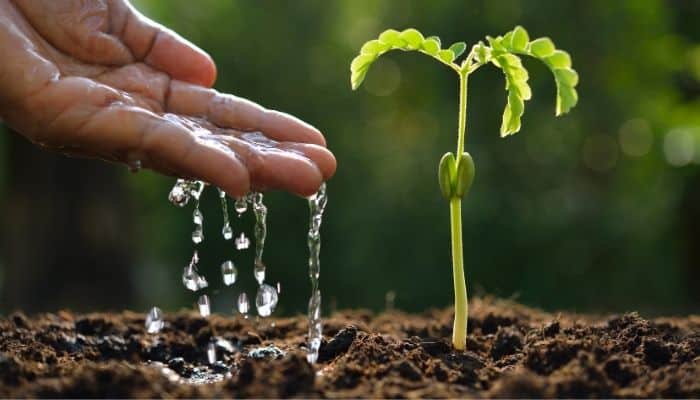
No, they can’t. Water is essential to life on this planet, and so no plant can survive without any water at all.
However, there are many plants that can survive on very little water, and there are techniques you can use to make your water use more efficient when growing plants on your own.
Let’s dive in and look at a few examples of how some plants can make the most of the little bit of water they get.
What Plants Need The Least Amount Of Water?
Cacti and succulents need the least amount of water because they are able to absorb lots of water during seasons of rain, and they can then hold onto the water, using it very sparingly so they can survive long dry spells.
Resurrection plants can also survive with very little water. When water runs out, these plants can survive for years by shriveling up and appearing to die.
But they don’t really die, they just go dormant and will come back to life when they receive more water.
Related Article: Can Plants Grow Without Air?
Cacti And Succulents
These are your typical desert-dwelling plants, including the eternally popular houseplants: succulents and cacti.
They’re so well-loved as houseplants because not only are they beautiful and available in many different shapes, sizes, and colors, but they are also extremely hardy and easy to care for.
This makes them perfect for beginning gardeners because, depending on the plant, they only need to be watered once every week, or even every few weeks.
Because of that, it’s easy to believe that succulents just don’t need as much water as other plants.
The reality, however, is that succulents and other plants native to arid regions have evolved to be much more efficient at storing and using water.
Most plants rely on getting all their water from the soil, absorbing it through their roots, and they don’t keep much in reserve in their leaves.
Succulents, cacti, and other desert plants, however, have large water reserves in their leaves.
They absorb as much water as they possibly can during seasons of rain, and then they hold onto that water, using it sparingly to help them survive during dry spells.
This water storage technique is the reason why, in the wild, some types of desert plants can survive for months or even years during a drought.
Resurrection Plants
Resurrection plants are about as close to plants that don’t need water as you’re going to get.
Also native to deserts, these plants are interesting because unlike other desert plants, they don’t store water in their leaves.
Instead, when conditions become too dry, these plants shrivel up, get brown, and appear to “die.”
They’re not actually dead, though, just going into a dormant state.
When given water again, they will unfurl and seem to come back to life.
These plants are incredibly long-lived, and can even survive for up to seven years in that dormant state, but will still come right back when given water again.
How to Grow Plants With Less Water
We’ve talked about some plants that, because of their nature, don’t need as much water as a normal plant.
But what if you’re wanting to have a real garden and grow things like fruits and vegetables?
These aren’t desert plants, and thus they won’t be as tolerant to underwatering.
If you live in an area that’s prone to droughts and water use restrictions, there are still some techniques you can use to reduce the amount of water you use when watering.
Timed Watering
To help make your water use most efficient, you’ll want to make sure that you’re watering your plants at the appropriate times.
For example, it’s best to avoid watering plants in the middle of the day or afternoon, because that is typically when temperatures are highest and evaporation is the most likely to occur.
Instead, water in the morning, and your plants will be able to use that water much more efficiently.
Drip Irrigation
Unlike normal watering, which sprays the entire garden, drip irrigation sends water directly to the plants’ roots, ensuring that the water will actually be absorbed by the plant and not just seep into the soil.
Hydroponics
Believe it or not, plants actually don’t need soil to survive.
Hydroponic agriculture involves growing plants using only a nutrient-water solution and light.
While you might think this would use more water, it actually uses significantly less because you can recycle the water and avoid runoff that happens when watering plants in soil.
What Happens If A Plant Has No Water?
When a plant gets no water it cannot perform photosynthesis and cannot transport the nutrients it needs to survive from the soil to its roots, leaves, and stem.
Water pressure inside the stem and leaves also drops and this stops the plant from being able to hold itself up.
Photosynthesis is required for plants to breathe, grow and produce the food they need for energy. Without it, plants will not survive for long.
And without nutrients, a plant’s growth will stop and its tissue will begin to die.
Although some plants have evolved to last long periods without water, they won’t survive with no water at all.
Final Thoughts
Unfortunately, plants, like all other living things, need water to survive.
However, many plants don’t need much water because they have evolved to store and use it more efficiently, and there are methods you can use to reduce your water use when growing less drought-resistant plants.

